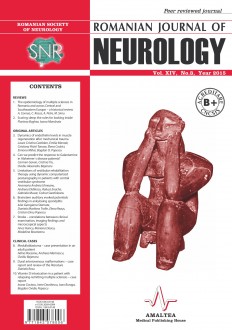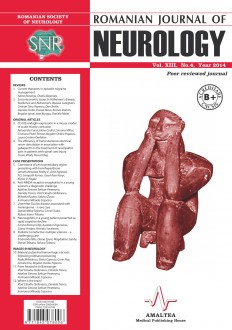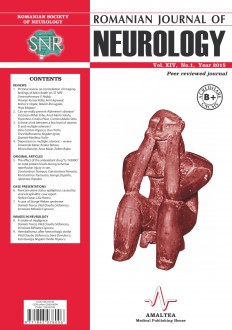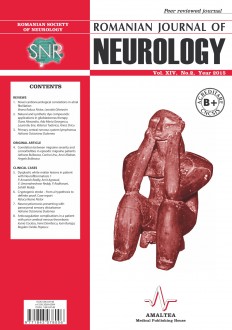SELECT ISSUE

Indexed

| |

|
|
|
| |
|
|
|

|
|
|
|
|
|
| |
|
|
HIGHLIGHTS
National Awards “Science and Research”
NEW! RJN has announced the annually National Award for "Science and Research" for the best scientific articles published throughout the year in the official journal.
Read the Recommendations for the Conduct, Reporting, Editing, and Publication of Scholarly work in Medical Journals.
The published medical research literature is a global public good. Medical journal editors have a social responsibility to promote global health by publishing, whenever possible, research that furthers health worldwide.
VITAMIN D INTOXICATION IN A PATIENT WITH RELAPSING-REMITTING MULTIPLE SCLEROSIS – CASE REPORT
Ioana Cociasu, Irene Davidescu, Ioan Buraga and Bogdan Ovidiu Popescu
ABSTRACT
Lately, vitamin D has been a hot topic among multiple sclerosis specialists. Vitamin D supplementation is being thoroughly researched in order to establish whether or not it is useful in the treatment of multiple sclerosis. We present the case of a patient with multiple sclerosis, who, after searching online, decided to administer vitamin D supplements in high doses; subsequently he was admitted to our for clinic symptoms consistent with vitamin D intoxication.
Keywords: vitamin D, toxicity, multiple sclerosis, relapsing-remitting
Full text | PDF



